Shocking find by NASA Parker Solar Probe; Lightning on Venus may be meteors crashing
Recently NASA's Parker Solar Probe has potentially unraveled the mystery behind Venus' enigmatic lightning storms and it turns out they might actually be meteor strikes.
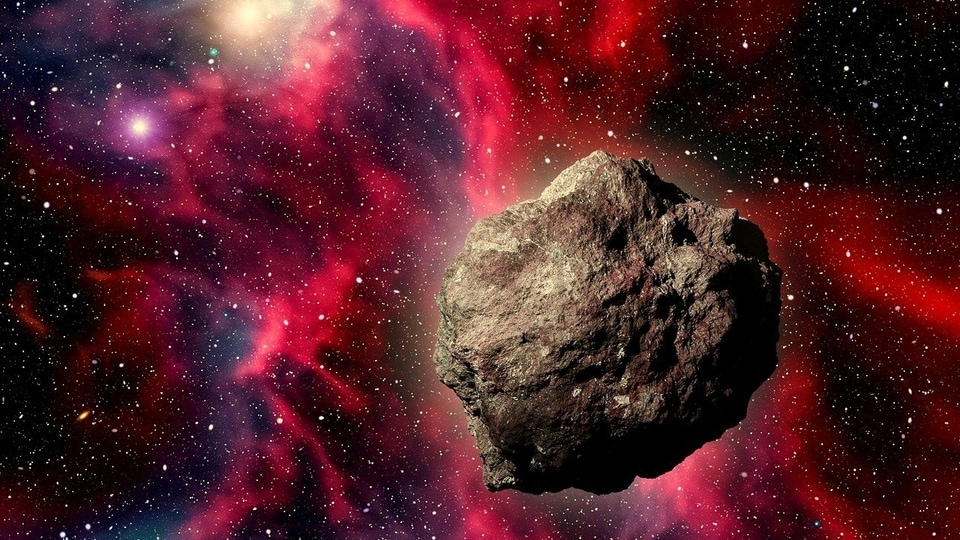
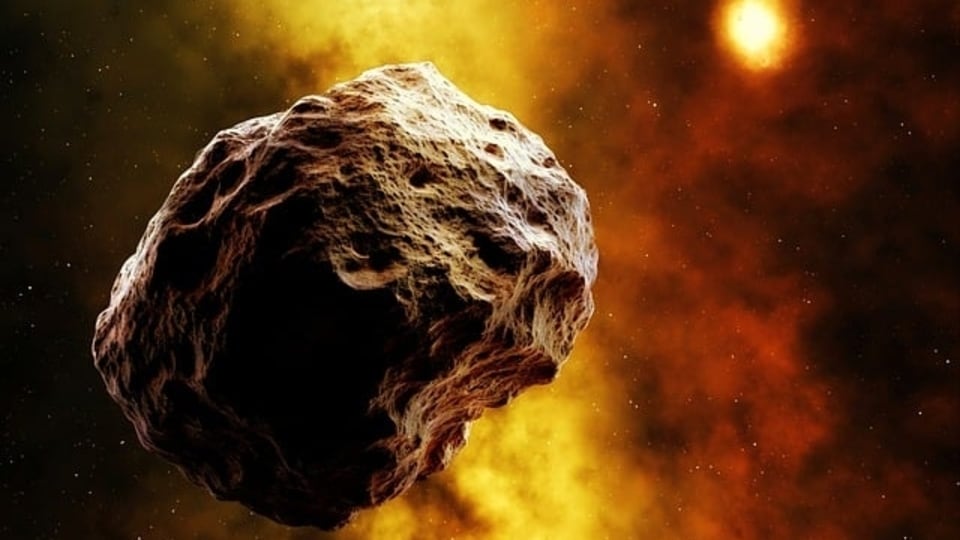
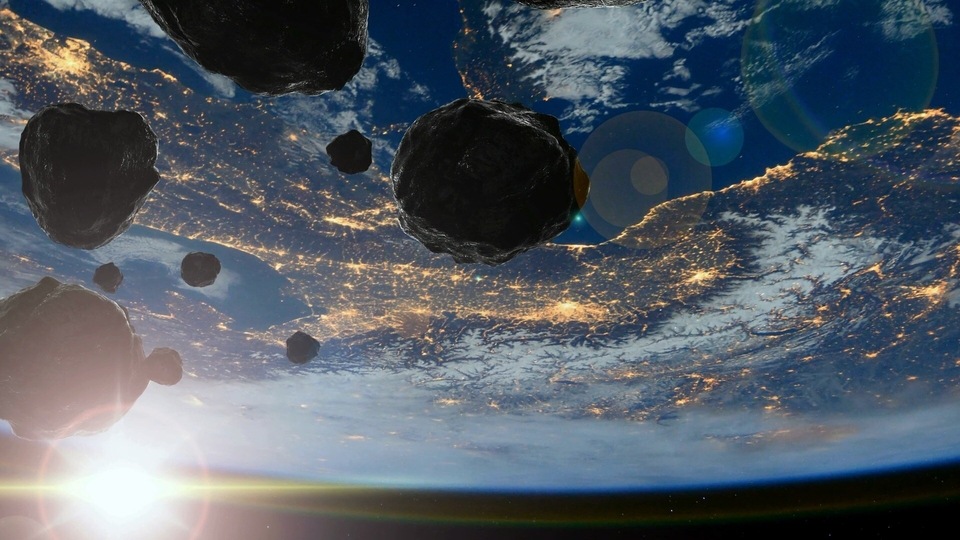

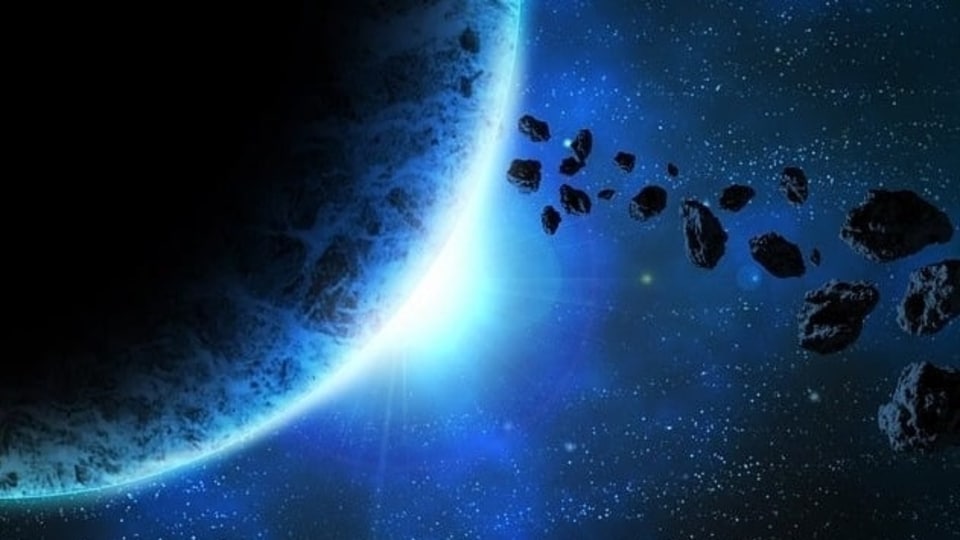
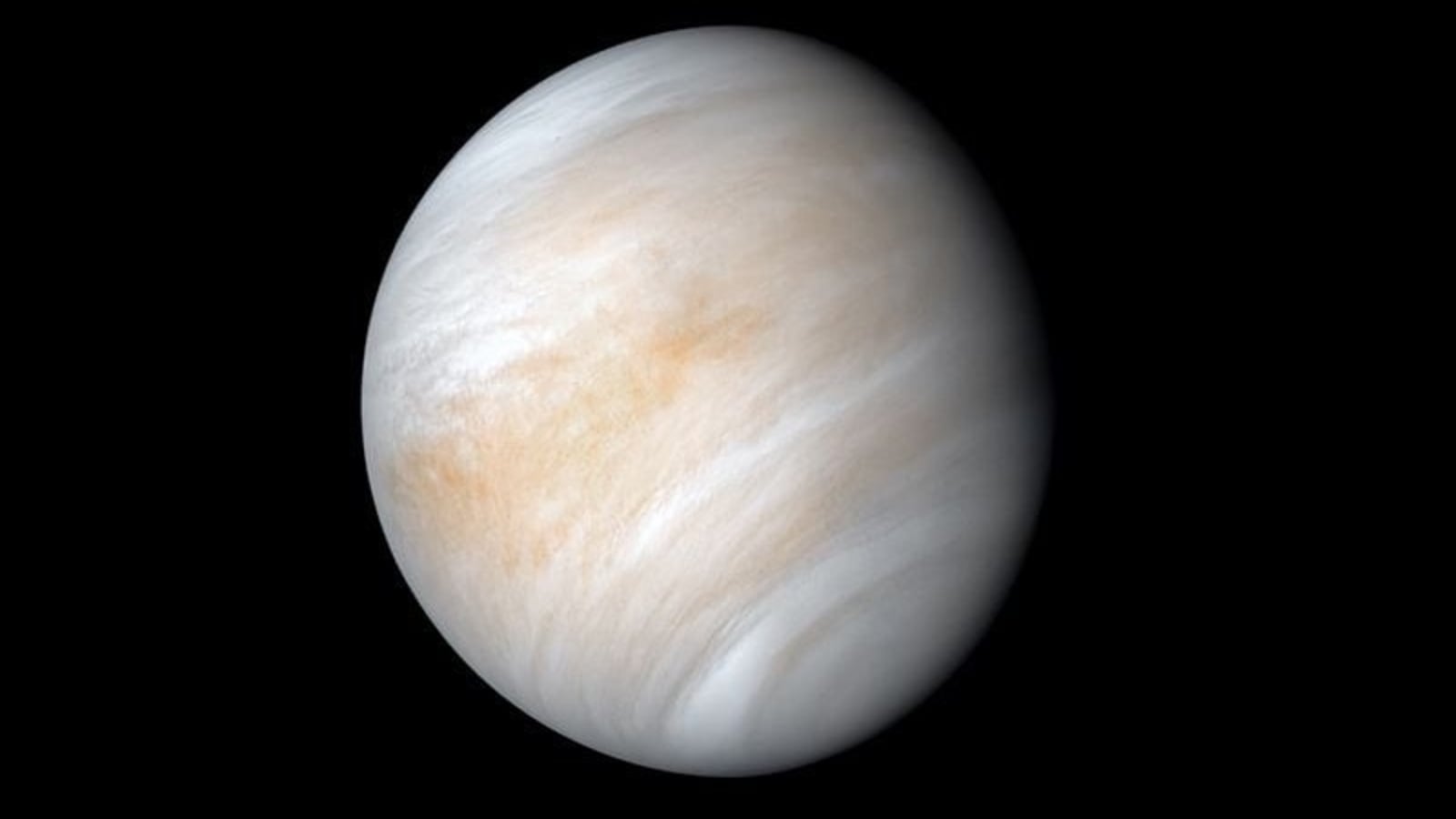
 View all Images
View all ImagesNASA is running various space missions to find out the secrets of the universe. One of the major missions of the space agency is the Parker Solar probe. The spacecraft has been tasked with orbiting the Sun to find out crucial data around sunspots, solar flares, coronal mass ejections (CME), and solar storms. However, in its journey, it routinely flies past Venus. And this has allowed Parker Solar Probe to possibly find the reason behind one of the biggest phenomena that has confused scientists for years. It found that the lightning on Venus may not actually be lightning at all. In fact, they are likely to be meteors that are striking the planet and are burning up in its atmosphere.
Venus lightning storms
The revelation came in 2021 when the Parker Solar Probe executed a routine flyby of Venus, utilizing the planet's gravitational force to adjust its trajectory towards its primary celestial subject. The spacecraft is in a highly elliptical orbit around the Sun, reaching its aphelion during the course of the mission initially at Earth and eventually closing to the orbit of Venus, reveals Johns Hopkins University Applied Physics Laboratory.
According to a report by Space.com, the lead author of a new study published on September 29 in the journal Geophysical Research Letters, Harriet George, a postdoctoral researcher at the Laboratory for Atmospheric and Space Physics, expressed, "Parker Solar Probe is a very capable spacecraft. Everywhere it goes, it finds something new." The probe's data, as outlined in a recent paper, challenges the conventional wisdom that the flashes of light observed on Venus signify lightning bolts. This finding suggests that while Venus may have some lightning, it might not be as prevalent as previously believed.
The debate surrounding lightning on Venus has persisted for nearly four decades, but the newly available data may bring clarity to this long-standing scientific question. Notably, a 2021 study failed to detect the radio waves typically associated with lightning on the planet. Furthermore, a recent paper published in August suggested that some of the light flashes, previously attributed to Venusian lightning, might actually result from meteors burning up in the planet's atmosphere.
As scientists continue to study the data collected during this historic mission, it is expected that we will soon be able to know various facts about Venus and the lightning on its surface.
Do you know the Planet Venus plays a very important role?
According to NASA, the gravity assists of Venus are essential to guide Parker Solar Probe progressively closer to the Sun. This spacecraft depends on Venus to reduce its orbital energy. This in turn allows the Parker Solar Probe to travel closer to the Sun. This is how this spacecraft has been exploring the origins and unlocking the secrets of the solar wind and other properties of the near-Sun environment.
One more thing! HT Tech is now on WhatsApp Channels! Follow us by clicking the link so you never miss any update from the world of technology. Click here to join now!
Catch all the Latest Tech News, Mobile News, Laptop News, Gaming news, Wearables News , How To News, also keep up with us on Whatsapp channel,Twitter, Facebook, Google News, and Instagram. For our latest videos, subscribe to our YouTube channel.





























